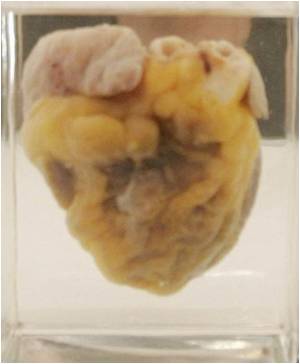A new study has shed light on how the liver regenerates itself by demonstrating that endothelial cells-the cells that form the lining of blood vessels-play a key role.

Further, the researchers believe that in the coming years it will be possible to facilitate healing damaged livers by transplanting certain types of endothelial cells with liver cells.
"We have found that specialized blood vessel cells in the liver-a specific type of sinusoidal endothelial cell-initiate and sustain liver regeneration by producing growth factors that we have identified," Nature quoted Shahin Rafii, study's senior author, as saying.
Rafii's team determined the mechanism by which LSECs regulate liver regeneration by studying this process in genetically engineered mice whose livers were 70 percent removed.
Through a series of experiments involving strategic endothelial cell implantation, the team found that only those LSECs whose genes were producing the angiocrine growth factors Id1 or Wnt2 and 'hepatocyte growth factor' (HGF) would initiate and sustain liver regeneration.
"Therefore, to regenerate a long-lasting liver, we may need to co-transplant hepatocytes with the properly activated endothelium, which produces the right growth factors for the hepatocytes to attach, grow and connect with other parts of the liver. Co-transplantation of primed activated endothelium with liver cells may be an important step to design future therapies to regenerate the liver," said Bi-Sen Ding, study's first author.
Advertisement
The findings may be used to create mass quantities of stem cells following trauma to the bone marrow's microenvironment.
Advertisement















